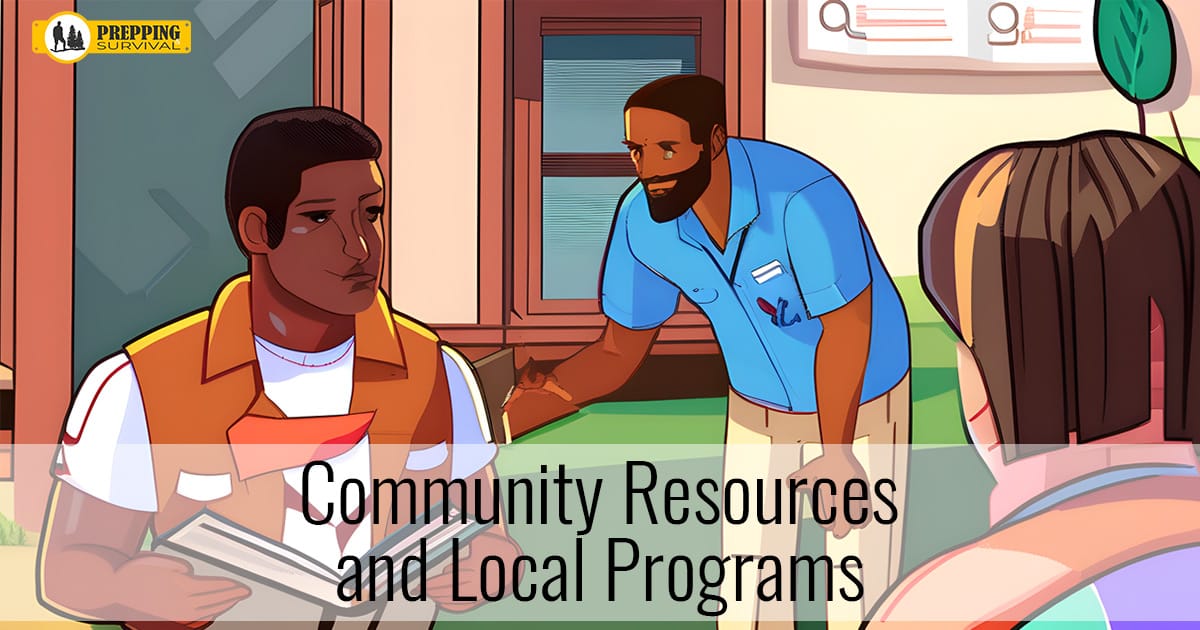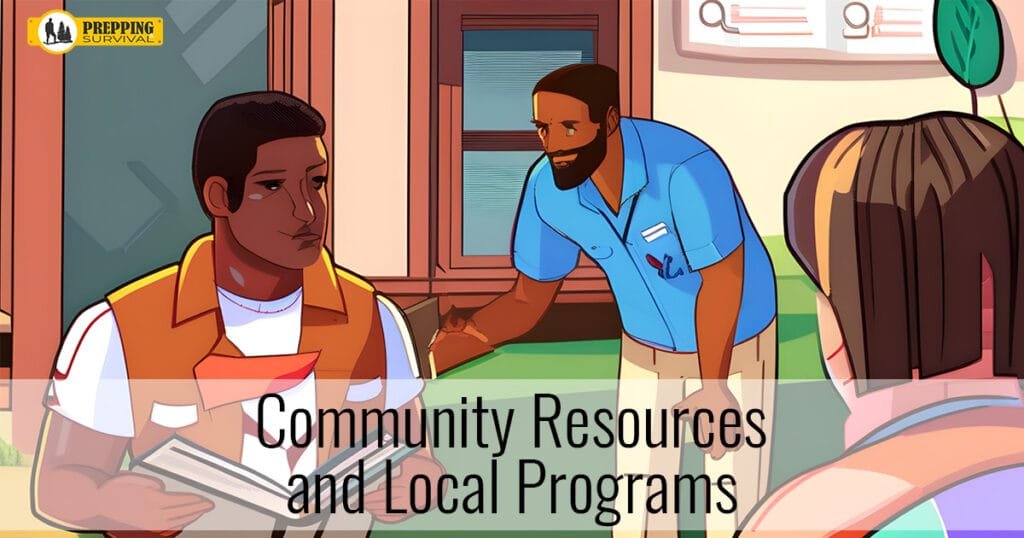Cyber threats aren’t just “out there” anymore—they’re part of everyday life. From fake emails trying to trick you into clicking a link, to criminals locking up a company’s files for ransom, the dangers are real and constant.

Approx reading time: 3 minutes

Participating in your neighborhood’s initiatives and making the most of what your community offers isn’t just about personal disaster readiness—there’s more to it than that. It’s about a robust safety net around yourself, equipping yourself with critical information and community resources that could be a lifesaver in crisis situations.
It isn’t solely about looking out for you and your family’s welfare, it’s much more – it’s about fostering a community that can weather the storm of any crisis. Take Community Emergency Response Teams (CERTs) as an. These squads offer invaluable training for managing disasters.
Joining a CERT doesn’t just enhance your grasp of crucial disaster response abilities, like fire safety, light search and rescue, team organization, and disaster protocols, it also plugs you into a community of folks equally committed to supporting each other during hard times.
And don’t get me started on the worth of local workshops and training programs. They’re veritable treasure troves for picking up survival skills like starting a fire, sewing, and so much more. Many communities offer courses on emergency readiness, first aid, CPR, gardening, canning, and loads more.
Such community resources can really prove valuable over time.
The best bit? Most of these community resources programs won’t leave you broke. They’re either free or reasonably priced, and getting involved in them can connect you with local experts and other survival aficionados. It’s like growing your support and resource network without lifting a finger.
But it’s not just about showing up at classes and workshops. Libraries and community centers can be your go-to spots for free resources. They’ve got books, maps, guides, and other materials that can help you get to grips with survival techniques, local wildlife, and DIY projects.
It’s not only about attending classes and workshops; these locations serve as go-to spots for access to such valuable information. Libraries and community centers offer a wealth of free resources including books, maps, guides, and other materials that can help you learn survival techniques, gain knowledge about local wildlife, and complete DIY projects. They serve as convenient go-to spots for accessing valuable information beyond just attending classes and workshops.
And did I tell you that many of these places also run lectures and workshops? That’s another opportunity for you to learn and get stuck into your community resources pals. Local farming cooperatives and agricultural extensions are brilliant for learning about sustainable practices like gardening, livestock care, and food preservation.
They frequently host workshops, seed exchange programs, and provide advice on local growing conditions, all of which can help you become more self-sufficient when it comes to food production.
And let’s not neglect neighborhood watch schemes and local forums. Both online and offline, they’re great for bolstering community ties and keeping everyone in the loop about local goings-on and emergencies.
These community resources and platforms are superb for sharing information, resources, and help, thereby creating a safety network that can react swiftly to local threats. Teaming up with neighbors to set up shared resources, like tool libraries or group buys for survival gear, can cut costs and ensure everyone has access to vital equipment and food storage.
The community-focused approach to disaster readiness can also lead to more straightforward development of emergency plans that capitalize on each community member’s unique abilities and resources. Local religious establishments and charities can also provide further support and resources, including food banks, emergency lodgings, and disaster aid initiatives.

Engaging with these organizations allows for enhanced access to assistance and opportunities to volunteer and support fellow community members. Keep in mind that incorporating community resources and local programs into your survival plan not only enhances your preparedness, but also strengthens the social cohesion of your local community.
This community resilience ensures that during crises, communities can lean on a well-structured support network, resources, and shared knowledge to conquer challenges.
By putting in some time and effort into these relationships and community resources, you’re not just getting ready to survive; you’re playing a role in constructing a community that can flourish in the face of adversity, truly embodying the spirit of resilience and mutual aid.